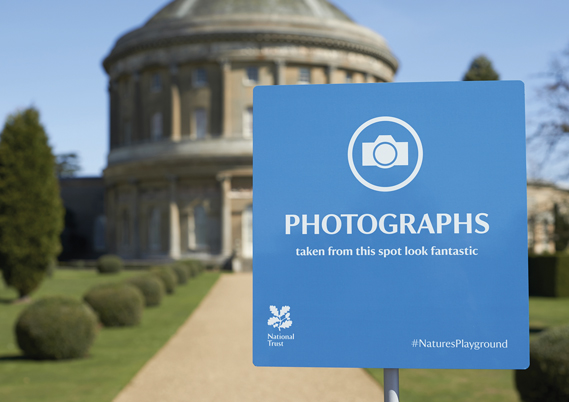As many as 80,000 inmates could be in solitary confinement cells in state and federal prisons across the U.S., a throwback to a 200-year-old, widely discredited practice, a group of researchers said.
In some cases prisoners are locked in tiny, windowless cells with virtually no sensory input for 20 years. The researchers said there is no scientific evidence that the practice does anything to pacify the prison environment, which is the main rationale for the practice. They do know that it does cause physical, emotional, and psychological damage to the prisoners. In fact, a large proportion of solitary confinement prisoners suffer from serious mental and physical disorders as a result of their isolation. For those reasons, many researchers call it a form of torture.
At a presentation at the annual meeting of the American Association for the Advancement of Science in Chicago last week, the researchers from the U.S. and Denmark said the U.S. is not the only country locking up prisoners in solitary but it is the one with the most prisoners in these conditions.
http://www.livescience.com/43594-is-solitary-confinement-a-form-of-torture.html


